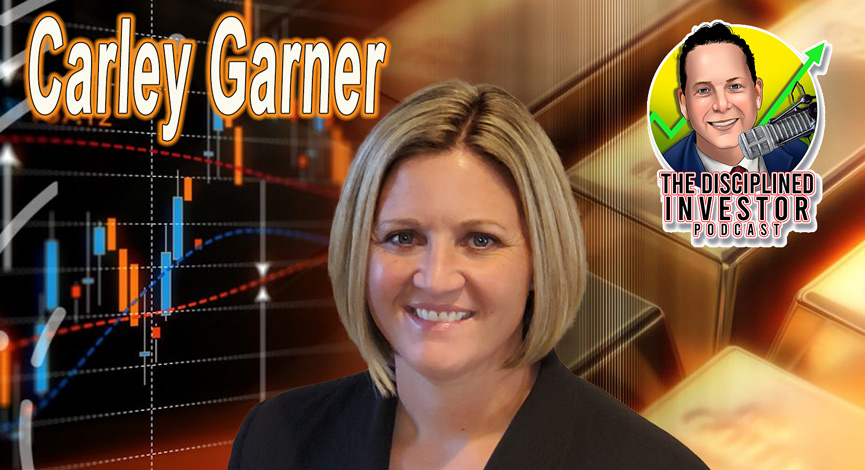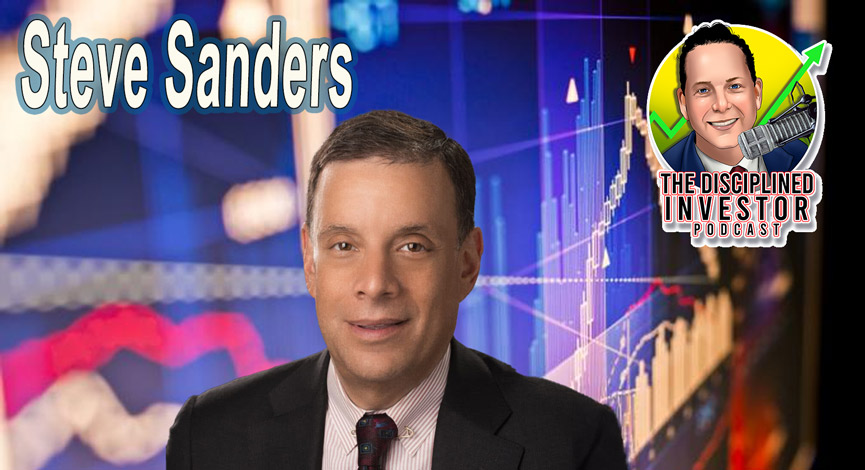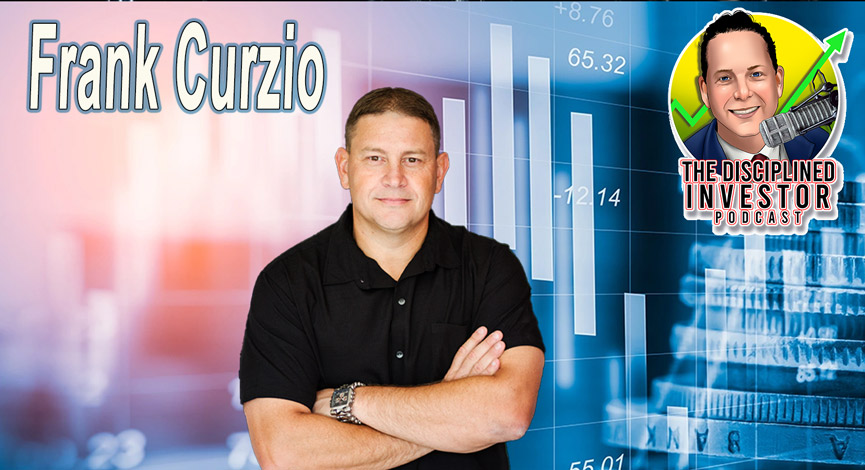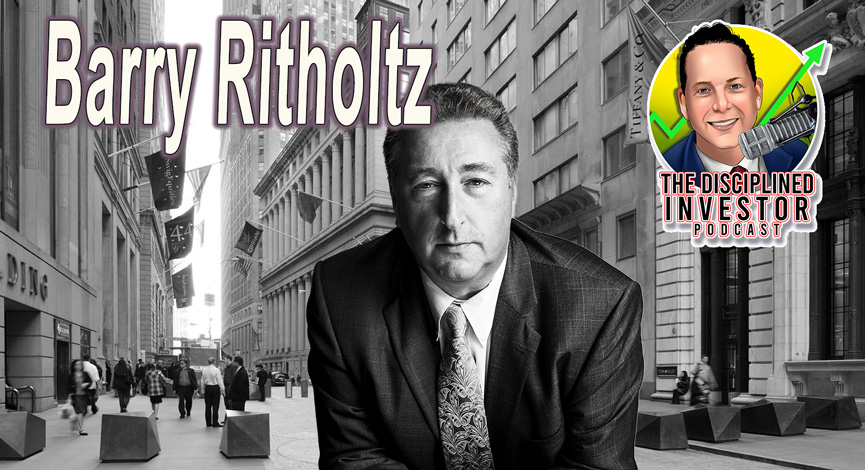Nothing new here – or is there?
Remember back to the late 1990’s when value investing was all the rage? Investors piled money into managers whose specific style was to find large-cap, low P/E, “blue chip” stocks that were defined as cheap. That worked really well for a few years and then, all of a sudden, the tide turned and value under-performed its growth counterpart dramatically. Growth styles then began to gain momentum and many of those investors that were getting crushed in their value strategies decided to switch over to tech, healthcare and other go-go growth sectors that were moving up – with no end in sight. From the outside it looked like penguins jumping in the water just because that is what they were supposed to do.
We all know how that ended as the tech boom morphed into a crash starting in March 2000. Those that decided to chase returns believing that there was easy money to be made quickly found themselves licking their wounds for a second time.
Considering the lack of volatility and the ‘ease” of making money within markets lately, it is no surprise that once again we are noticing the herd mentality gaining significant traction. As the herd has moved toward passive investing, there has been a slew of low cost advisory solutions that have become increasingly popular. Even as many of these strategies employ a much more diversified approach than the simple value or growth programs, there is something eerily similar to times in the past with this bandwagon jump.
The real question is: Is a fully invested passively managed investment portfolio all that it is cracked up to be? Moreover, can computer generated allocations provide the right amount of diversification that is appropriate for everyone?
We all know the players in this game that are stoking the idea that passive ETFs are the way to go for everyone. The premise is that markets have reached harmonious efficiency and there is no need to try to beat the markets with active managers. They go on to further assume that all markets are easy and simply investing in a specific index will provide a profitable outcome over time for a portfolio. Their pitch is that if you can’t beat the market index – just invest in them.
The problem is that there is a gigantic hole in this thesis. As an example, take the fixed income markets as one area where active managers can actually provide a high level of benefit. There are often spreads and inefficiencies that active managers are able to uncover as they buy and sell positions within the portfolio. Index (or passive) investments often won’t consider these to be as an integral component of their process. Over time these can become a drag on portfolio performance. Even as these invisible/hidden costs may only be a small amount per transaction, it all adds up over time.
Then there are the foreign and emerging markets. Many of the ETFs within traditional robo-advisor programs simply invest in a standard/pre-set index. For the most part, currency is not considered, political stability is not a concern and accounting differentials are not of interest. On the other hand, an active manager (through a mutual fund) will often have teams that cover the region and speak the language, understand accounting regulations, may hedge currency risk and keep a close eye on the political environment. All of these are extremely important when putting hard-earned money to work in markets that are less efficient.
The bottom line is that there is a cycle embedded in the investment process. This is not speculation. Just look at history over a long period of time and it will become clear. There is no one way to invest that will be the “only” way for the long haul. Investors need to have diversification, that is one truism that the majority of advisors don’t dispute. The way to gain that diversification is not simply to have a passive approach through ETF’s. Currency hedging (or not), active and passive management, alternative investments and trading styles are all important to gain a proper diversification. The goal is to gain downside risk mitigation along with upside opportunity. It just makes sense to have many options available in order to meet that goal.
Think about it for a moment and consider carefully before jumping in on the dangerous passive-ETF-only advice offerings. There are alternatives.
















